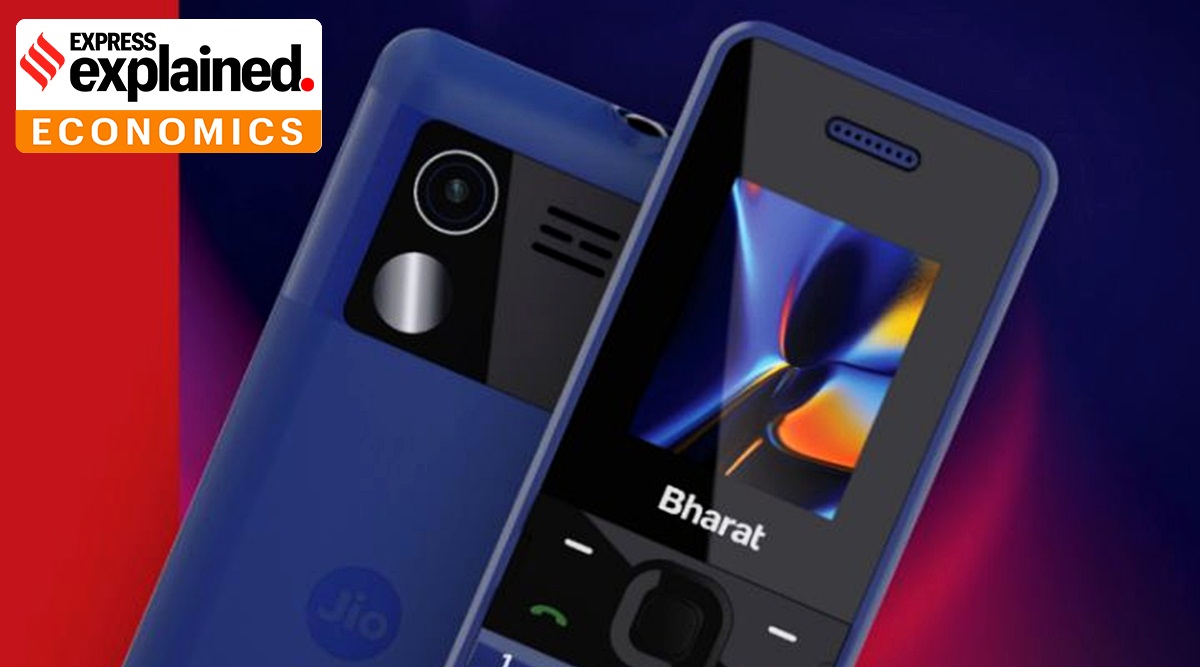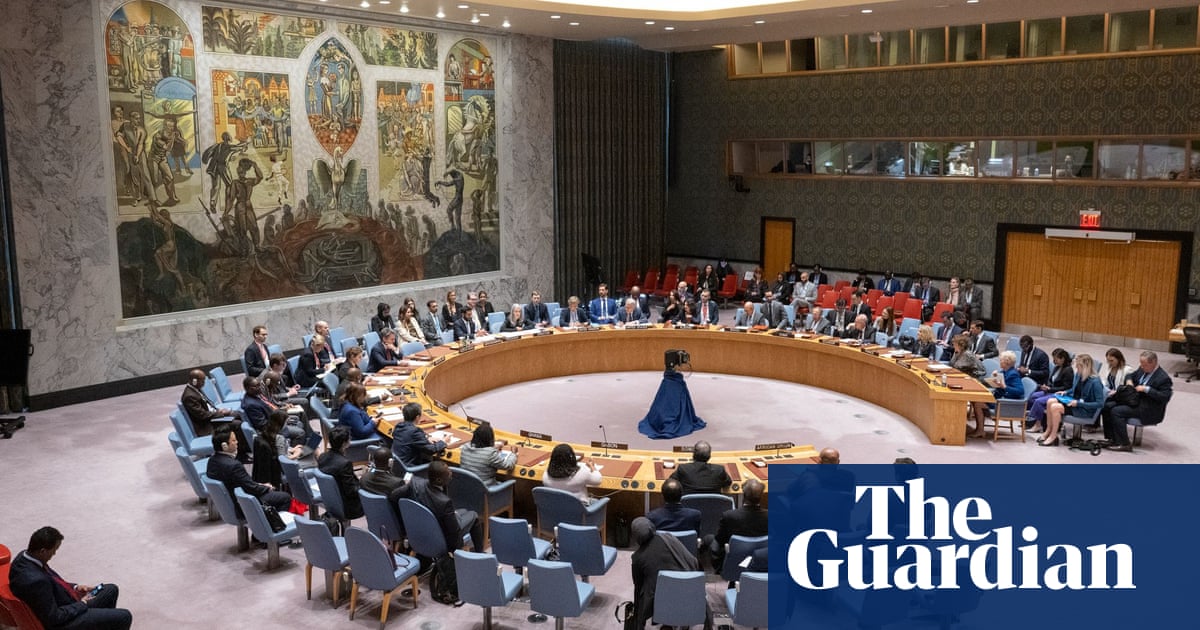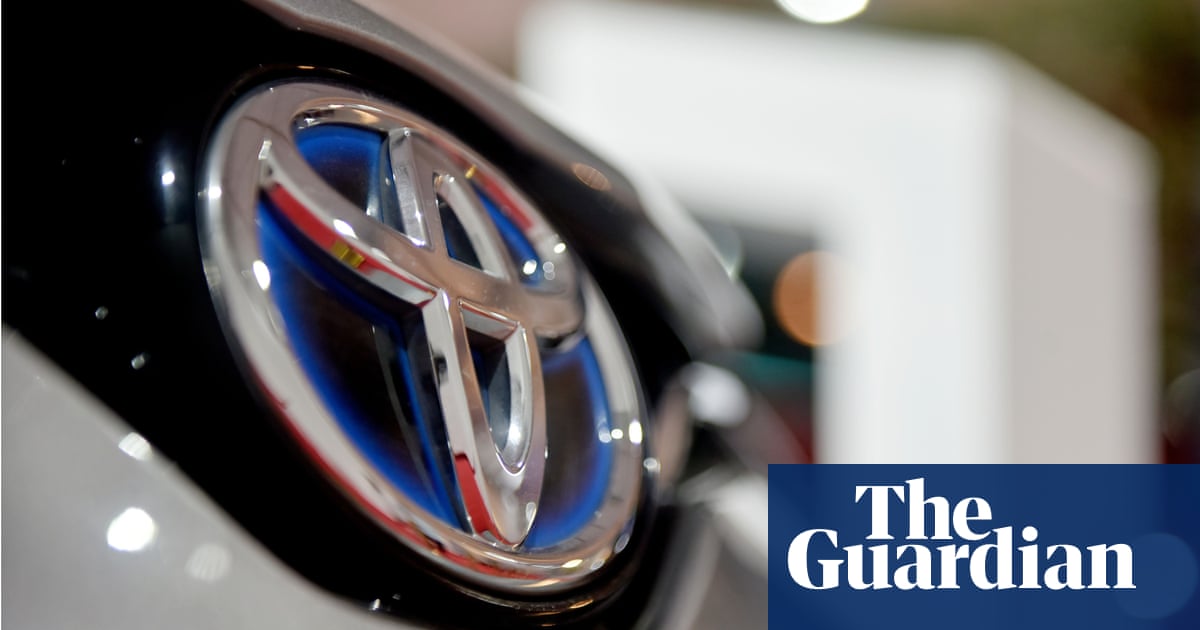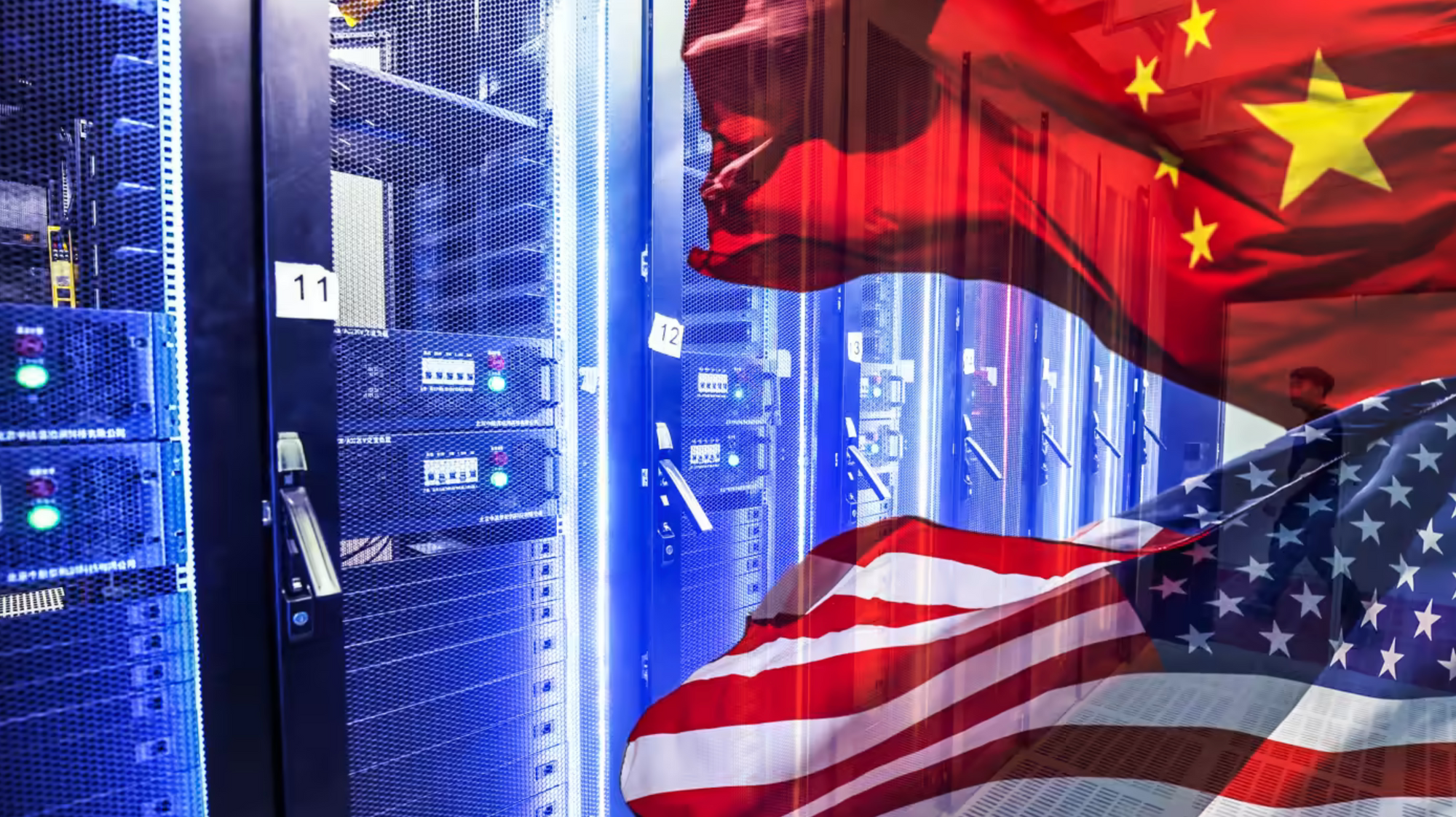- Arvind's Newsletter
- Posts
- Arvind's Newsletter
Arvind's Newsletter
Issue No #785
1.'Jio Bharat' phone targets 250 mn 2G Users Of Bharti Airtel, Vodafone Idea
Reliance Jio's Rs 999 ($12) 'Jio Bharat' smartphone will increase competition as billionaire Mukesh Ambani-controlled operator targets low-cost 2G users of rivals Bharti Airtel Ltd. and Vodafone Idea Ltd.
The introduction of the “Jio Bharat” phone marks Ambani’s cheapest entry into the market for non-smartphone “feature” phones, which are used by some 250mn people in India who are “trapped” in 2G era. It will at first be available on a trial basis, according to Ambani’s data unit Reliance Jio.
With the Jio Bharat, Jio will offer a monthly unlimited voice and 14GB data plan within India for Rs123 ($1.50). By comparison, competitor Bharti Airtel currently offers an unlimited call and 2GB data plan for Rs179 ($2.18).
2.Western powers are increasingly voicing support for the reform of major international institutions in what analysts described as a strategy to isolate China.
The U.S. has for weeks been working on plans to overhaul and expand the U.N. Security Council, while Britain’s foreign secretary has called for India, Germany and Japan to be added. Germany, separately, has pushed for the African Union to be added to the G20.
Though the moves are aimed at boosting confidence in the bodies, they also put pressure on Beijing, which is opposed to Japan and India joining the Security Council. “The new, forward-leaning U.S. stance has put China and Russia on the defensive,” an expert at the Carnegie Endowment wrote.
3.Toyota claims battery breakthrough in potential boost for electric cars
Toyota has unveiled ambitions to halve the size, cost and weight of batteries for its electric vehicles following a breakthrough in its solid-state battery technology.
The Japanese carmaker’s top battery expert said on Tuesday that simplifying the production process for battery materials would bring down the cost of its long-awaited next-generation technology.
“For both our liquid and solid-state batteries, we are aiming to drastically change the situation where current batteries are too big, heavy and expensive,” said Keiji Kaita, president of Toyota’s research and development centre for carbon neutrality. “In terms of potential, we will aim to halve all of these factors.”
The comments come after the world’s largest carmaker by sales surprised investors last month with plans to commercialise its solid-state battery technology in an electric vehicle by 2027 at the earliest. Toyota is also working on the technology with Panasonic through their joint battery venture.
Solid-state batteries have long been heralded by industry experts as the most promising technology to solve EV battery problems such as charging time, capacity and the risk of catching fire. They replace a liquid electrolyte with a solid one and use lithium metal at the anode instead of graphite, the current standard in lithium-ion batteries.
But the technology remains expensive and difficult to produce, forcing carmakers to push back its launch and focus their efforts on developing liquid-based lithium-ion batteries. Toyota initially said it wanted to start selling hybrid but not electric cars with solid-state batteries before 2025.
But on Tuesday, Kaita said the company discovered ways to address the durability problems from about three years ago and now had enough confidence to mass-produce solid-state batteries in EVs by 2027 or 2028.
Toyota claimed it had made a “technological breakthrough” to resolve durability issues and “a solution for materials” that would allow an EV powered by a solid-state battery to have a range of 1,200km and charging time of 10 minutes or less.
“All of our members are highly motivated and are working with the intention to definitely launch” the technology by the promised timeline, said Kaita. By reducing the number of processes required to make battery materials, the cost of solid-state batteries could be lowered to similar or cheaper levels than liquid-based lithium-ion batteries, he added.
For Toyota, which has been slower than rivals to roll out electric vehicles, analysts said solid-state batteries could be a “game-changer” to narrow the gap with Tesla. Shares in Toyota have risen 13 per cent since the company announced its solid-state batteries plan last month. But Hiroki Nakajima, its chief technology officer, cautioned that the company did not necessarily see the technology as “the ultimate solution” for battery challenges.
“There is also room for improvement for liquid-based batteries,” Nakajima said. “The crux of the EV battery competition will ultimately be the value added on the car as a product and how much we can control the overall volume of batteries and how effectively we can use them.”
4.China announced export restrictions on two metals key to semiconductor manufacturing, ramping up a high-tech trade war with the United States, days ahead of a visit by the U.S. treasury secretary. Washington, meanwhile, is preparing its own curbs on Chinese companies’ access to U.S. cloud-computing services, The Wall Street Journal reported. The “cloud proxy war” shares similarities with American efforts to curtail international expansion of Chinese 5G mobile technology, the former Obama administration official Kevin Xu wrote, with one key difference: The U.S. offered no American alternatives for companies eschewing Chinese 5G, but when it comes to cloud computing, “the top three American clouds are more advanced than the top three Chinese clouds.”
5.Generative AI is poised to unleash the next wave of productivity. McKinsey in this report takes a first look at where business value could accrue and the potential impacts on the workforce.
Generative AI applications such as ChatGPT, GitHub Copilot, Stable Diffusion, and others have captured the imagination of people around the world in a way AlphaGo did not, thanks to their broad utility—almost anyone can use them to communicate and create—and preternatural ability to have a conversation with a user. The latest generative AI applications can perform a range of routine tasks, such as the reorganisation and classification of data. But it is their ability to write text, compose music, and create digital art that has garnered headlines and persuaded consumers and households to experiment on their own. As a result, a broader set of stakeholders are grappling with generative AI’s impact on business and society but without much context to help them make sense of it. Read on.




